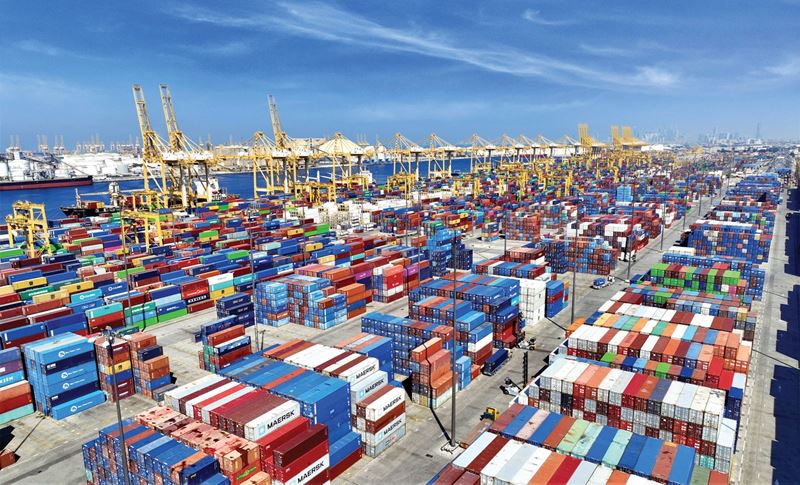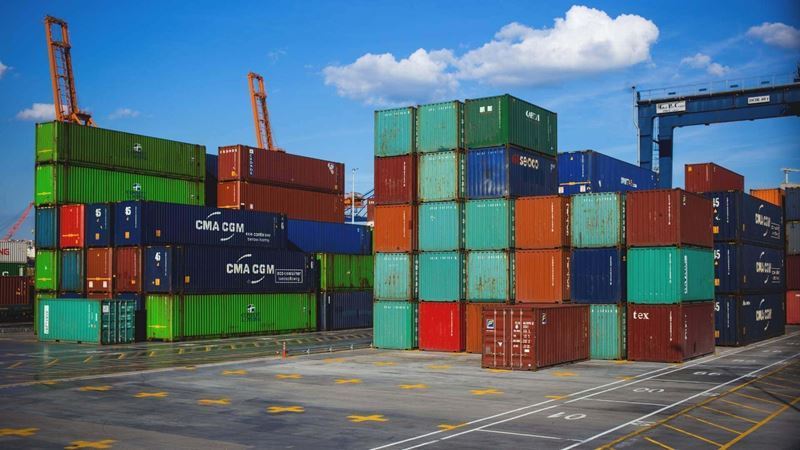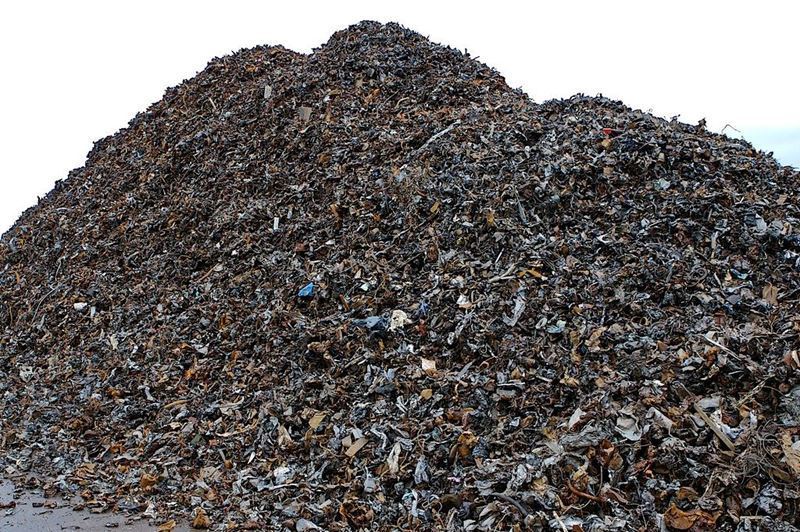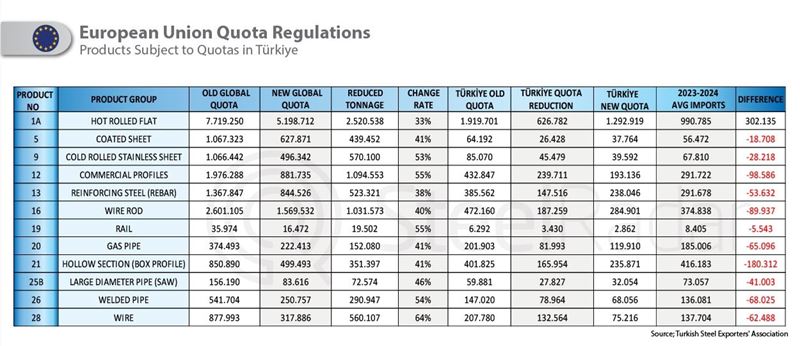The decree, titled “Further Modification of Reciprocal Tariff Rates,” increased import duties on certain goods, particularly steel and aluminum products.
With this decision, different tariff hikes were imposed on a wide range of countries — from Africa to the Asia-Pacific region, and from Europe to the Americas. The U.S. administration aims to protect domestic industry and address trade imbalances through this move.
New Tariff Rates by Region:
African Countries:
Algeria 30%, Angola 15%, Botswana 15%, Cameroon 15%, Chad 15%, Ivory Coast 15%, Democratic Republic of the Congo 15%, Equatorial Guinea 15%, Ghana 15%, Guyana 15%, Lesotho 15%, Libya 30%, Madagascar 15%, Malawi 15%, Mauritius 15%, Mozambique 15%, Namibia 15%, South Africa 30%, Tunisia 25%, Uganda 15%, Zambia 15%, Zimbabwe 15%
Asia-Pacific:
Bangladesh 20%, Cambodia 19%, Fiji 15%, India 25%, Indonesia 19%, Japan 15%, Laos 40%, Malaysia 19%, Myanmar 40%, Nauru 15%, New Zealand 15%, Pakistan 19%, Papua New Guinea 15%, Philippines 19%, South Korea 15%, Sri Lanka 20%, Taiwan 20%, Thailand 19%, Vanuatu 15%, Vietnam 20%
Europe:
Bosnia and Herzegovina 30%, European Union (for most goods) 15%, Iceland 15%, Liechtenstein 15%, Moldova 25%, North Macedonia 15%, Norway 15%, Serbia 35%, Switzerland 39%, United Kingdom 10%
Middle East and Central Asia:
Afghanistan 15%, Brunei 25%, Iraq 35%, Israel 15%, Jordan 15%, Kazakhstan 25%, Syria 41%, Turkey 15%
North and South America:
Bolivia 15%, Brazil 10%, Canada 35%, Costa Rica 15%, Ecuador 15%, Falkland Islands 10%, Nicaragua 18%, Trinidad and Tobago 15%, Venezuela 15%
Trump’s decision has sparked new debates over global trade policies, particularly among the United States’ trading partners. Experts suggest that while the measure may raise prices in the U.S. domestic market in the short term, it could lead to strained bilateral relations with many countries in the medium term.









Comments
No comment yet.